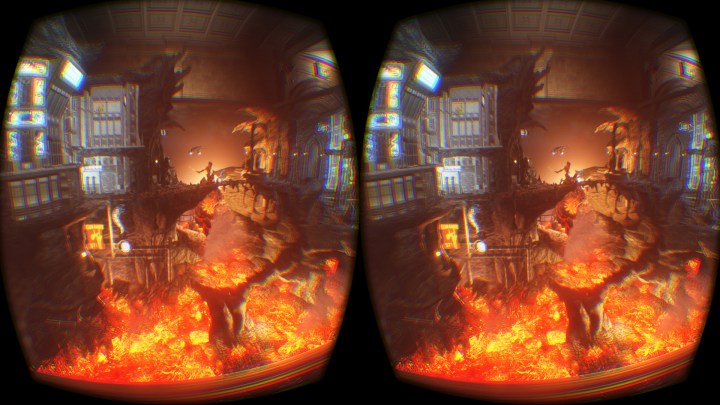
While the Holiday Beta version doesn’t offer up a result at the end of the test, it will ultimately measure and rank a system on not just graphical prowess, but also latency and accuracy, two factors that are essential to creating a solid VR experience and preventing motion sickness.
And that’s just the beginning. Futuremark will be working towards creating standards and certifications for products to protect consumers’ health and safety, an important topic with screens just inches from users’ faces.
There are other changes coming to 3DMark in 2016 that are found in the newly-available Holiday Beta. For once, the updated interface now matches the Futuremark productivity benchmarking suite, offering up suggestions for tests based on system spec. However, the planned DirectX 12 benchmarks, which have been announced, are not a part of this preview.
As an added bonus, that means that all benchmarks are no longer part of the initial download, and can be downloaded individually when needed. No need for Fire Strike Ultra to take up space on a system with integrated graphics!
The 3DMark Holiday Beta is available now to users who own 3DMark, although it has to be attached to a Steam account to access the beta. Even VRMark is watchable on a monitor, and Futuremark assures it will work with the HTC Vive and Oculus Rift. Other headsets should work, though it’s not guaranteed.
All of the standard benchmarks haven’t changed a bit, so users are free to test systems while trying out the new interface, and can revert to the old style at any time. The final version of 3DMark 2016, complete with a scored version of VRMark, is planned for an early 2016 release, likely as a standard update to all owners.



